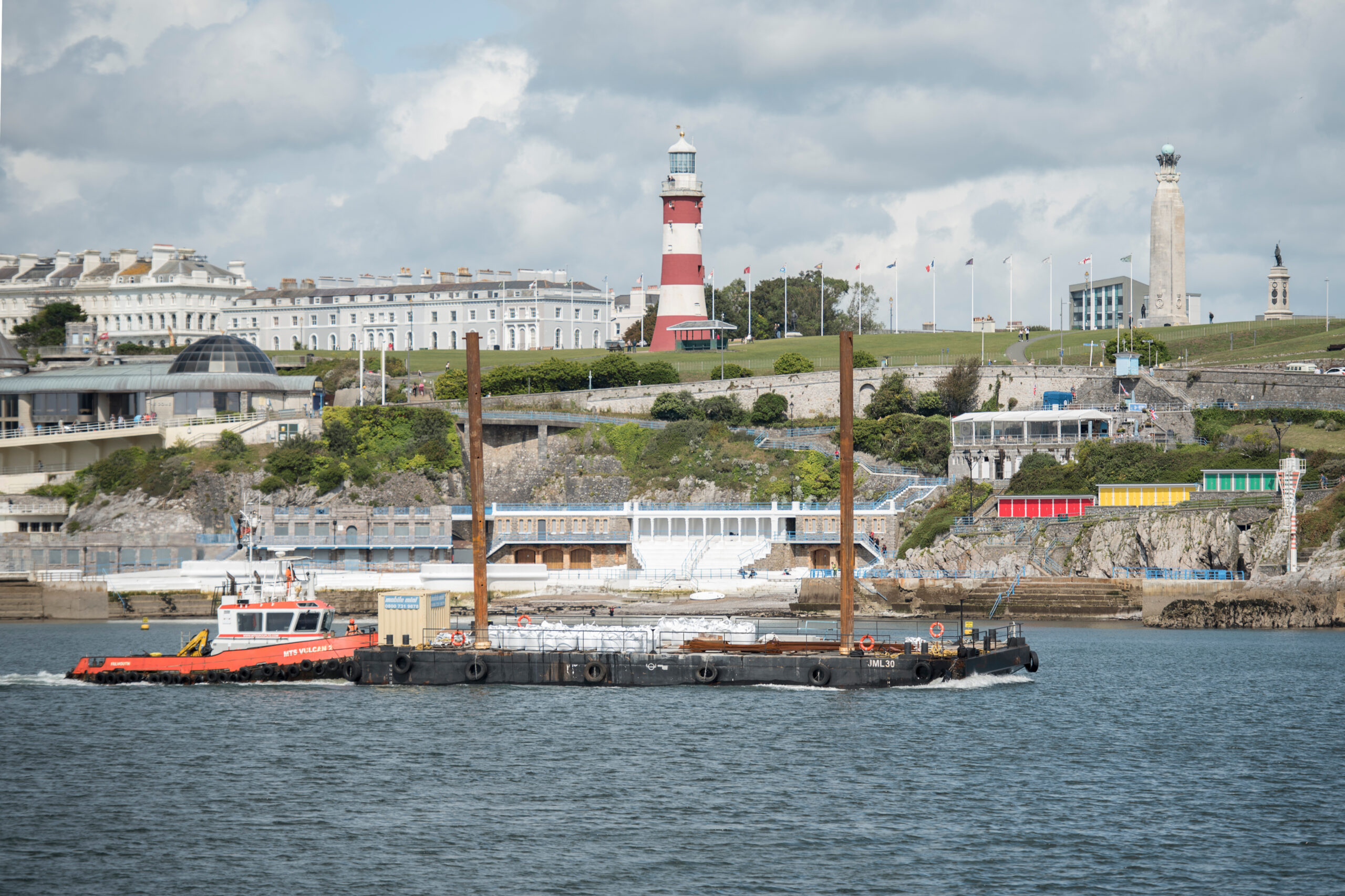If you’ve ever lived near the coast, you’ve probably heard the term “dredging” tossed around, especially when it comes to keeping harbours or rivers navigable. But what exactly is dredging, and why is it so important? Let’s break it down.
What is Dredging?
Dredging is the process of removing sediment, debris, and other materials from the bottom of water bodies like rivers, harbours, or lakes. Over time, these waterways naturally accumulate silt, sand, and other materials, which can make them shallower. For places with heavy shipping traffic, this poses a problem, as ships need deep water to navigate safely.
There are a few different types of dredging depending on the project’s purpose:
- Navigation Dredging: This is the most common type, where the goal is to maintain or deepen channels for ships.
- Environmental Dredging: Removing contaminated sediments to help restore ecosystems.
- Reclamation Dredging: Used to create new land, often seen in projects where coastal areas are extended, or new islands are built.
Why is Dredging Important?
Coastal cities and towns, especially those with busy harbours, rely on dredging to keep their economies afloat. Without regular dredging, ports can become less accessible, potentially affecting trade, fishing, and tourism. For cities with natural silting issues, dredging is a continuous process. Beyond navigation, dredging is also crucial for flood prevention and shoreline protection, as it helps manage sediment flow and water levels.
For more information or to learn more head to our contact us page and connect today.

